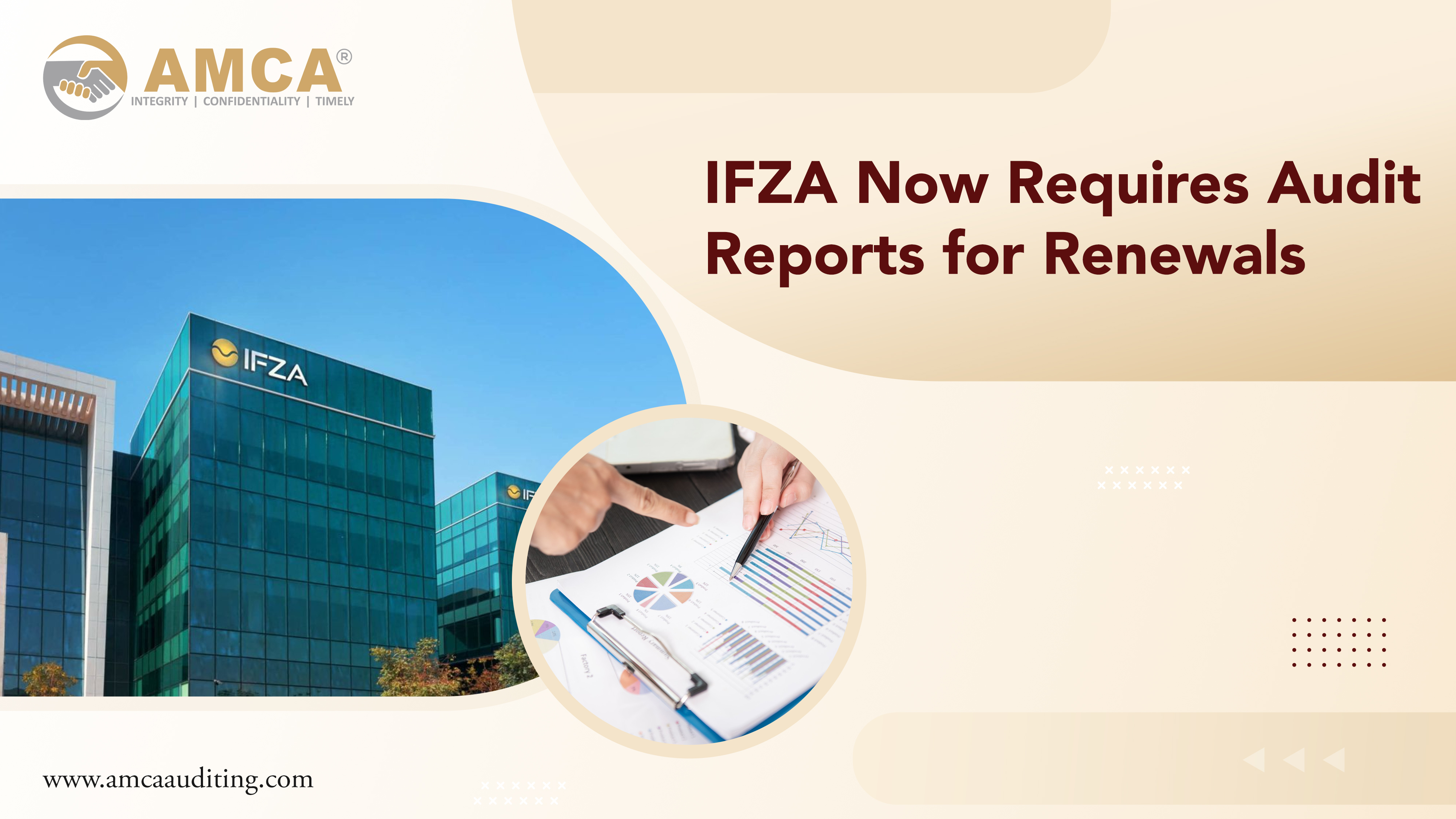.jpg)
18 Aug 2025
The UAE is preparing to make e-invoicing compulsory for businesses as it continues to move towards digital transformation. This will fundamentally change how invoices are issued, shared, and reported across sectors. UAE businesses need to understand what's coming their way, how to be compliant, and how to get ready in advance of the mid-2026 deadline.
Whether you're a small business or a VAT-registered business, the new UAE e-invoicing rules will affect your invoicing and accounting.
What is UAE E-Invoicing and Its Significance
E-invoicing in the UAE is the structured electronic exchange of invoices between buyers and suppliers, with real-time information sent directly to the FTA. Electronic invoices are in predetermined formats and standards to validate and report, as opposed to scanned PDFs or paper invoices.
The project aims to:
-
Prevent VAT fraud and enhance enforcement
-
Enhance operational efficiency
-
Standardize invoice formats across industries
-
Be sustainable by reducing the use of paper
Dubai businesses, especially SMEs, will benefit from more efficient transaction processing, shorter payment cycles, and decreased administrative hassle.
Phase 1: B2B & B2G Rollout (July 2026)
The e-invoicing solution will be rolled out in phases, with Phase 1 covering business-to-business (B2B) and business-to-government (B2G) transactions. According to the UAE Ministry of Finance, the rollout of the system starts in July 2026 and will be extended to B2C invoices and other areas subsequently.
The UAE e-invoicing system follows a decentralized five-corner model, under which the suppliers and buyers exchange messages through Accredited Service Providers (ASPs) that also report information to the FTA. The model ensures strong authentication, traceability, and security of the data.
The Five Corner E-Invoicing Model
The system follows a "Decentralized Continuous Transaction Control and Exchange" (DCTCE) design—also called the five-corner model
Corners defined:
1. Supplier (Corner 1): Creates an e-invoice.
2. Supplier's ASP (Corner 2): Validates and converts to UAE XML and sends to buyer's ASP.
3. Buyer's ASP (Corner 3): Validates and sends to buyer.
4. Buyer (Corner 4): Receives the invoice.
5. FTA (Corner 5): Receives tax data for monitoring.
Those companies that prepare in advance will gain a competitive advantage when the deadline approaches.
FTA Requirements: Format, Data Fields & ASPs
The FTA e-invoicing obligation has some technical and legal specifications that every business must follow. They include:
• Format of the invoice: All invoices must be created in a structured UAE XML format based on the Peppol PINT AE specifications.
• Compulsory fields: They include VAT registration number (TRN), buyer and supplier details, invoice line items, tax amounts, and digital signatures.
• Service Providers: Businesses need to use a provider from the UAE FTA accredited service providers list for invoice validation and transmission.
Both suppliers and buyers are required to maintain a digital copy of all invoices for at least 7 years, in accordance with VAT record-keeping obligations.
For compliance, the ASP must enable secure transmission (via AS4 protocol), high availability, and end-to-end encryption. Invoices must also pass through a series of schema Tron validation checks before they are received by the FTA.
Penalties & Deadlines for UAE Businesses
Non-compliance with UAE e-invoicing 2026 will attract enforcement action and administrative penalties. Businesses that create paper or unstructured digital invoices (like PDFs) outside the e-invoicing system will be deemed non-compliant.
As per Cabinet Decision No. 49 of 2021, expected FTA penalties may include:
-
Rejection of non-compliant invoices by the FTA's systems, rendering them invalid for tax purposes.
-
AED 2,500 per instance for failing to issue a Tax Invoice or failing to follow electronic invoicing requirements as per Cabinet Decision No. 49 of 2021 (Table 3, Clauses 4–6)
-
AED 2,500 per case for failing to issue electronic tax credit notes.
-
Disallowance of VAT input claims for purchasers using non-compliant invoices.
-
Suspension of FTA online services for continuous non-compliance.
If your company hasn't yet considered e-invoicing in Dubai, the time to act is now. Delays will lead to missed deadlines, penalties, and business disruption once the rollout is made mandatory.
The FTA will publish additional details on penalty amounts and enforcement stages closer to the rollout.
Steps to Prepare: Software, Integration & Training
Here is how Dubai companies can prepare proactively for VAT e-invoicing UAE:
-
Evaluate existing invoice systems: Analyze how invoices are currently created, stored, and sent. Identify gaps in data availability or system compatibility.
-
Select an accredited service provider: Select a provider from the UAE FTA list of accredited service providers. Ensure the ASP can be integrated with your existing ERP or accounting system.
-
Implement and test your software: Develop and test APIs or SFTP links to the ASP. Test XML formats and invoice approval processes.
-
Train personnel from various departments: Have finance, accounts receivable, procurement, and compliance teams trained in the new e-invoicing procedures and FTA standards.
Top E-Invoicing ERP Solutions in Dubai
For businesses looking to adopt e-invoicing in their workflows, the following ERP systems have already begun supporting the UAE mandate or are highly compatible with ASP APIs:
-
Zoho Books – Close integration with local ASPs, VAT compliant
-
Tally Prime – Can be extended using UAE XML add-ons
-
QuickBooks Online (Intuit) – Enables export of structured invoice data
-
SAP Business One – Enterprise-grade, scalable with ASP compatibility
-
Microsoft Dynamics 365 – Offers e-invoicing APIs and compliance modules
Ensure that any ERP solution you use has the potential to meet FTA XML formatting, security requirements, and direct connectivity with an authorized ASP.
FAQs
Q1: What is the UAE e-invoicing rollout 2026?
UAE e-invoicing 2026 rollout is a mandatory electronic invoicing program starting July 2026. It includes B2B and B2G transactions and forces businesses to present invoices in a structured digital format via FTA-approved service providers.
Q2: What is the FTA e-invoicing non-compliance penalties?
Penalties for non-compliance vary from rejection of invoice and VAT claim rejection to administrative penalties. Presenting invoices outside the formatted framework of the FTA will be considered a violation of UAE VAT law.
Become Compliant Ahead of the Curve with AMCA
Trust AMCA as your audit and compliance partner in the UAE to smoothen your transition to digital invoicing for your business well in advance of the deadline. Work with us to be ready for the UAE e-invoicing 2026 mandate. Don't wait until the last minute.




